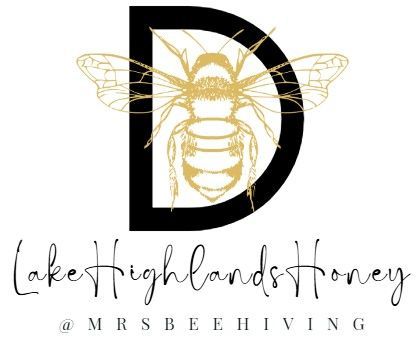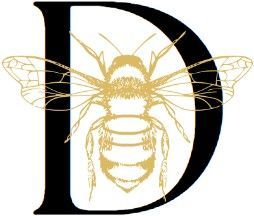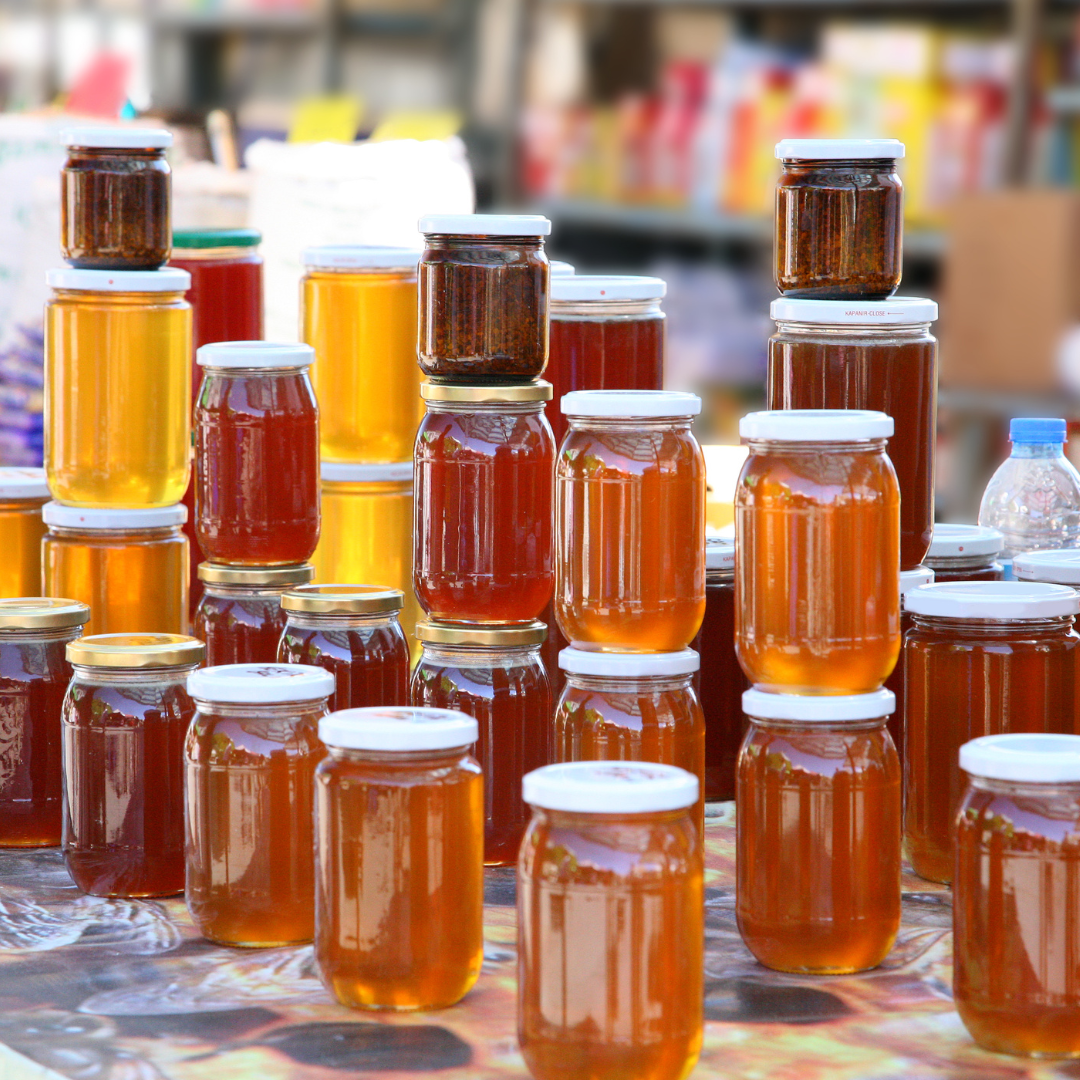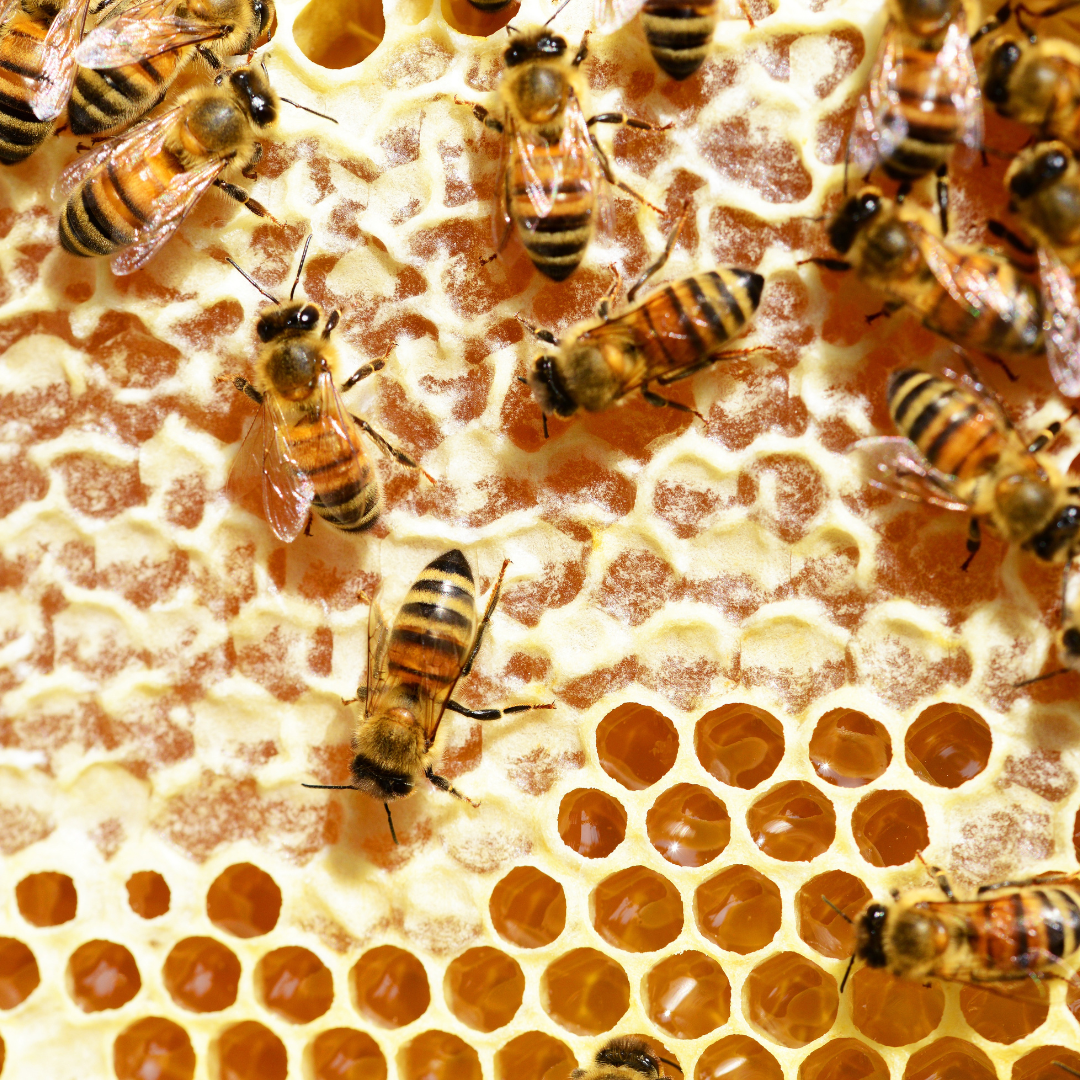We are sold out of honey until the 2025 spring honey can be collected!
Catch us at A Peep at the Coops Local Market – May 4, 2025!
check out www.apeepatthecoops.org for tickets
9 Tips for a Bee-Friendly Garden
Bees are essential pollinators, playing a crucial role in maintaining our ecosystems and food supply. Unfortunately, bee populations are declining due to habitat loss, pesticide use, and climate change. One way you can help is by creating a bee-friendly garden at home. This guide will show you how to transform your garden into a haven for these vital pollinators.
Choose the Right Plants
Bees are attracted to plants that provide nectar and pollen. Selecting a variety of plants that bloom at different times throughout the year ensures that bees have a steady food source. Here are some great choices for your bee-friendly garden:
- Spring Bloomers: Lavender, Crocus, Bluebells
- Summer Stars: Sunflowers, Coneflowers, Borage
- Fall Favorites: Sedum, Goldenrod, Asters
Tip: Native plants are particularly beneficial because they have evolved alongside local bee species and often provide better resources.
Create a Pollinator-Friendly Layout
Design your garden with bees in mind by incorporating the following elements:
- Clusters of Flowers: Plant flowers in clusters rather than single plants. Bees are more likely to visit a group of flowers than a lone one.
- Diverse Planting: Include a mix of shapes, sizes, and colors. Different bee species prefer different types of flowers.
- Continuous Bloom: Aim for a garden that blooms from early spring to late fall to provide bees with food throughout their active months.
Provide Water Sources
Bees need water to drink and cool their hives. You can create simple water sources by:
- Shallow Dishes: Place shallow dishes of water with pebbles or marbles for bees to land on.
- Birdbaths: Keep birdbaths filled with fresh water and add stones to create landing spots.
- Puddles: Maintain a small muddy area, which provides both water and essential minerals.
Avoid Pesticides
Chemical pesticides are harmful to bees and other pollinators. Here’s how to manage pests without harming bees:
- Natural Predators: Encourage beneficial insects like ladybugs and spiders that prey on garden pests.
- Organic Solutions: Use organic pest control methods, such as neem oil or insecticidal soaps.
- Companion Planting: Grow plants that repel pests naturally, such as marigolds or basil, alongside your main crops.
Create Bee Habitats
Bees need places to nest and shelter. Depending on the types of bees you want to attract, consider these options:
- Bee Hotels: Build or buy bee hotels with tubes of different sizes to accommodate solitary bees.
- Bare Soil: Leave some patches of bare soil for ground-nesting bees.
- Dead Wood: Keep logs or tree stumps in your garden for wood-nesting bees.
Plant Herbs and Vegetables
Many common herbs and vegetables are bee-friendly and can provide food for both you and the bees:
- Herbs: Thyme, Mint, Sage, Oregano
- Vegetables: Squash, Cucumbers, Peppers
These plants not only attract bees but also enhance the productivity of your vegetable garden through better pollination.
Use Native Trees and Shrubs
Incorporate native trees and shrubs into your garden. They provide additional nectar and pollen sources, as well as shelter:
- Trees: Willow, Maple, Apple
- Shrubs: Blueberry, Raspberry, Holly
Educate and Involve Others
Creating a bee-friendly garden is a community effort. Share your knowledge and encourage neighbors and friends to plant for bees. Together, you can create a larger, connected habitat that supports more pollinators.
Stay Informed
Stay up-to-date on the latest bee-friendly gardening practices and trends. Joining local gardening groups or subscribing to newsletters can provide valuable insights and tips.
Creating a bee-friendly garden at home is a rewarding way to support bee populations and contribute to a healthier environment. By choosing the right plants, providing water sources, avoiding pesticides, and creating habitats, you can make your garden a thriving sanctuary for bees. Remember, every little bit helps, and your efforts can have a significant impact on these crucial pollinators. Start today and enjoy a beautiful, buzzing garden that benefits both you and the bees!




